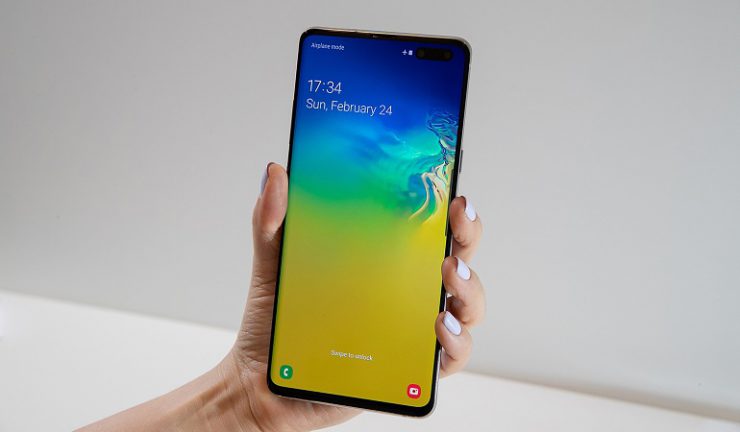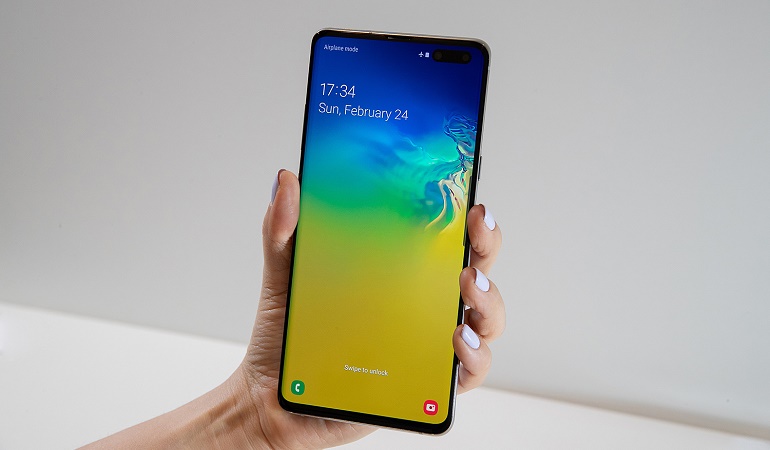The global smartphone market failed to sustain its growth momentum in Q4 2019, with full year shipments declining 2.2% compared to 2018.
According to preliminary research results from IHS Markit, the decrease was slightly less than the 2.4% decline from 2017 to 2018. And, just as in 2018, Samsung ended 2019 as leader for the category.
“Samsung’s focus on the mid-range paid dividends in 2019, helping the company to fend off global competition from Huawei, Xiaomi, OPPO and Vivo,” IHS Markit senior analyst Gerrit Schneemann said.

However, Huawei that finished second to Samsung with 16.7% growth is feeling trade pressures. Despite achieving double-digit growth for the year, Huawei started to feel the impact of continued headwinds from US government trade actions in Q4, according to IHS Markit research director Jusy Hong. “Huawei has weathered the uncertainties of a US technology ban well and while the government has granted licenses to some US businesses to continue selling products to Huawei, Google is not one of them so far.”
Huawei is now launching its latest flagship smartphones into other international markets like Western Europe, but lack of Google services it likely to make it a hard sell for consumers, especially with the company’s Mate series positioned squarely in the premium price segment.
Motorola continues to reclaim market share with modest 2% growth year-over-year to reach 10.3 million units in Q4. This is the first time since Q4 2018 that Motorola has broken the 10 million units mark. In Q4 Motorola took the wraps off of its foldable device, the new Razr. Unlike foldables from Samsung and Huawei, this device uses the foldable screen to make the handset smaller. But because the device had not reached consumers it did not contribute to Motorola’s shipments in Q4.
Following a couple of years of decline Apple regained its footing with a late surge in Q4 with the new iPhone 11 series that appears to be resonating with consumers. Further growth in the company’s wearables and services segments points to additional new users potentially joining the Apple ecosystem.
At the beginning of 2020, 5G smartphones are a key trend. While shipments are not large enough to significantly boost the market, the new network technology will bring excitement to a growing number of segments, presenting more choices to buyers. Major chipset vendors have already announced their reduced-cost 5G system-on-chip devices, allowing the industry to start to make a dent in the high pricing for 5G smartphones, according to IHS Markit.
Tensions between the US government and Huawei will continue to linger and will have an impact on the company and the overall market.
The outbreak of the coronavirus in China is also set to affect the smartphone market, with Apple announcing that this challenge is likely going to impact its business. Other OEMs will be faced with similar supply chain challenges as well.

